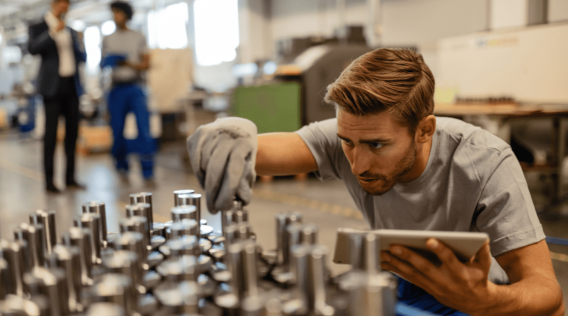Squeeze casting, also known as liquid metal forging, is a high-pressure casting process that combines the advantages of both casting and forging techniques. This process involves injecting molten metal into a preheated die cavity and applying pressure during solidification to enhance the mechanical properties of the cast component. Squeeze casting offers numerous advantages over conventional casting methods, including improved product quality, better mechanical properties, and reduced porosity. In this article, we will explore the process of squeeze casting and its impact on component performance.
The Squeeze Casting Process
The squeeze casting process consists of several key steps that ensure the production of high-quality components. The first step involves preheating the die to a temperature above the melting point of the alloy. This helps in reducing the solidification time and allows for better material flow during the casting process. Once the die is preheated, molten metal is injected into the die cavity under high pressure. The pressure is maintained until the metal solidifies completely.
During solidification, the applied pressure helps in reducing the formation of shrinkage porosity and gas porosity, thus resulting in a denser and more uniform microstructure. The high pressure also promotes the filling of complex shapes and thin sections, which are usually challenging to achieve with conventional casting methods. The pressure is released once the casting is solidified, and the component is then removed from the die.
Advantages of Squeeze Casting
Squeeze casting offers several advantages over traditional casting processes, making it ideal for producing high-performance components. One of the major advantages is the reduction in porosity. The high pressure applied during solidification allows for the elimination of gas and shrinkage porosity, resulting in a denser and more defect-free product. This leads to improved mechanical properties, including higher tensile strength, fatigue resistance, and superior dimensional accuracy.
Another advantage of squeeze casting is the ability to produce near-net shape components. The high pressure helps in filling intricate shapes and thin sections, reducing the need for additional machining operations. This not only saves time and cost but also improves the overall efficiency of the manufacturing process.
Furthermore, squeeze casting enables the use of alloys with enhanced properties. By controlling the solidification process under high pressure, it is possible to refine the microstructure and improve the mechanical properties of the cast component. This allows for the production of components with superior strength, toughness, and wear resistance.
Applications of Squeeze Casting
Squeeze casting finds applications in a wide range of industries where high-performance components are required. The automotive industry, for example, utilizes squeeze casting for producing engine components, such as pistons and cylinder heads, that require high strength and reliability. The aerospace industry also benefits from this process, as it allows for the production of lightweight, yet strong, components for aircraft and spacecraft applications.
Additionally, squeeze casting is used in the production of components for the defense, power generation, and sporting goods industries. The versatility of this process enables the manufacturing of complex shapes and customized designs, making it suitable for a variety of applications.
Conclusion
Squeeze casting is a high-pressure casting process that offers numerous advantages over conventional casting methods. By applying pressure during solidification, this process eliminates porosity, improves mechanical properties, and allows for the production of near-net shape components. Squeeze casting finds applications in various industries and enables the production of high-performance components with superior strength and reliability. With its ability to enhance component performance, squeeze casting is a valuable technique in the manufacturing industry.
-

- OEM die casting service metal components of macbook middle
-

- parts&comopnents for bicycle suspension fork for MTB
-

- Magnesium alloy die-casting auto parts center control cover
-

- OEM Die casting manufacturer produce magnesium alloy auto dashboard
-

- 2022 Wholesale Hot Sale Bicycle Parts Magnesium Alloy Children Bike No Pedal Balance Bicycle Kids Multiple Colors Available
-

- Custom-made thixomolding parts UAV components with CNC machining &surface treatment

 0086-750-5616188
0086-750-5616188 +86 13392089688
+86 13392089688 sales@zhongmei-tech.com
sales@zhongmei-tech.com








